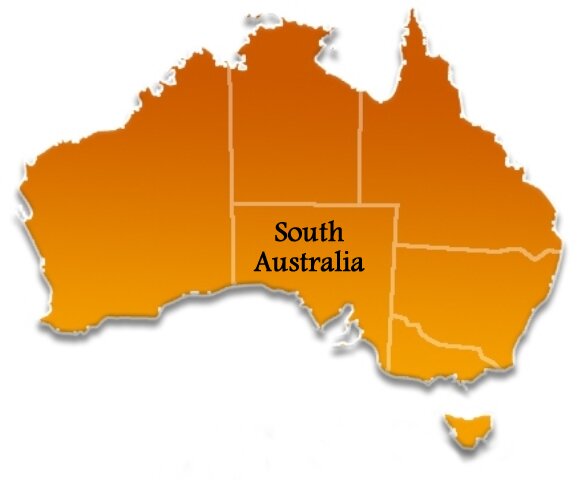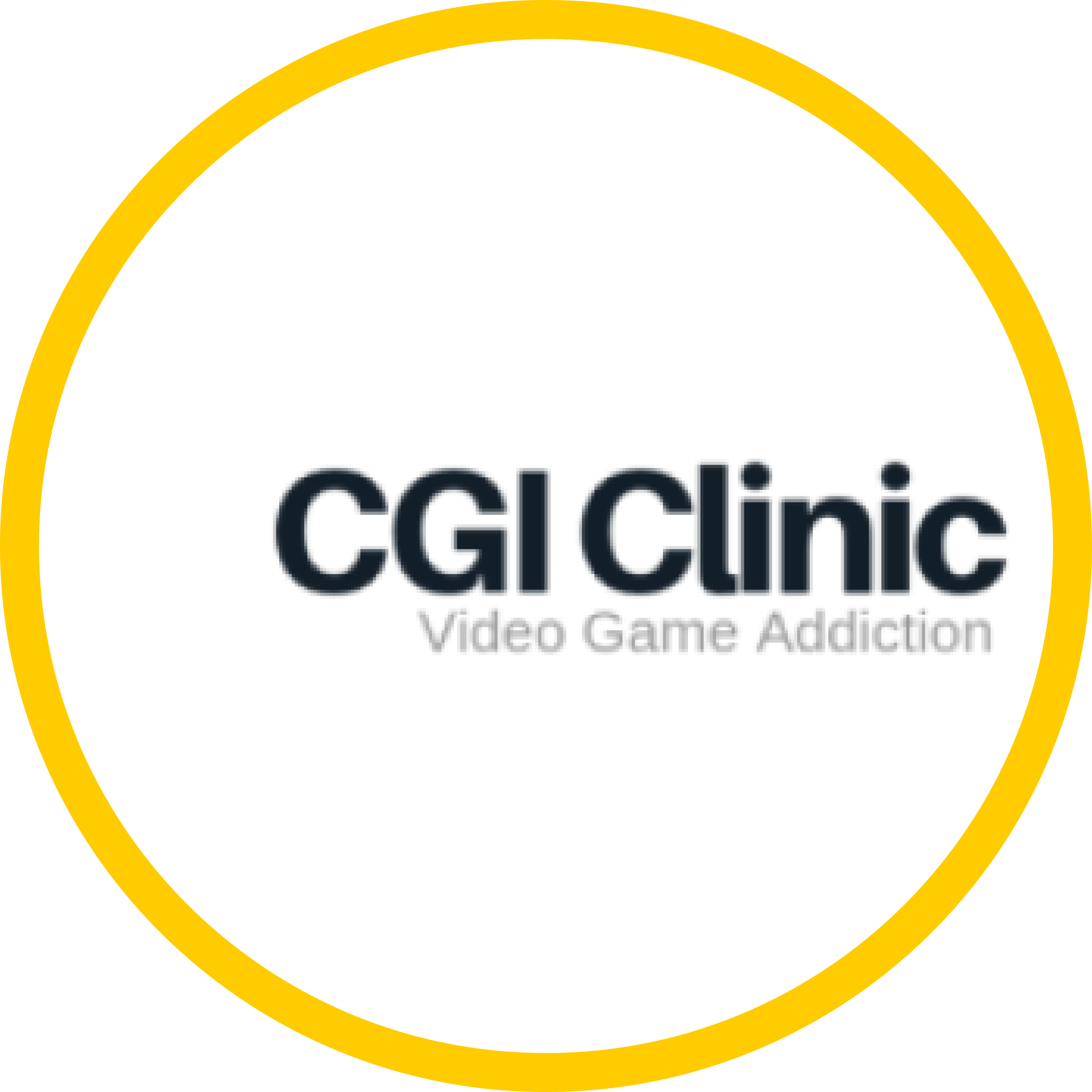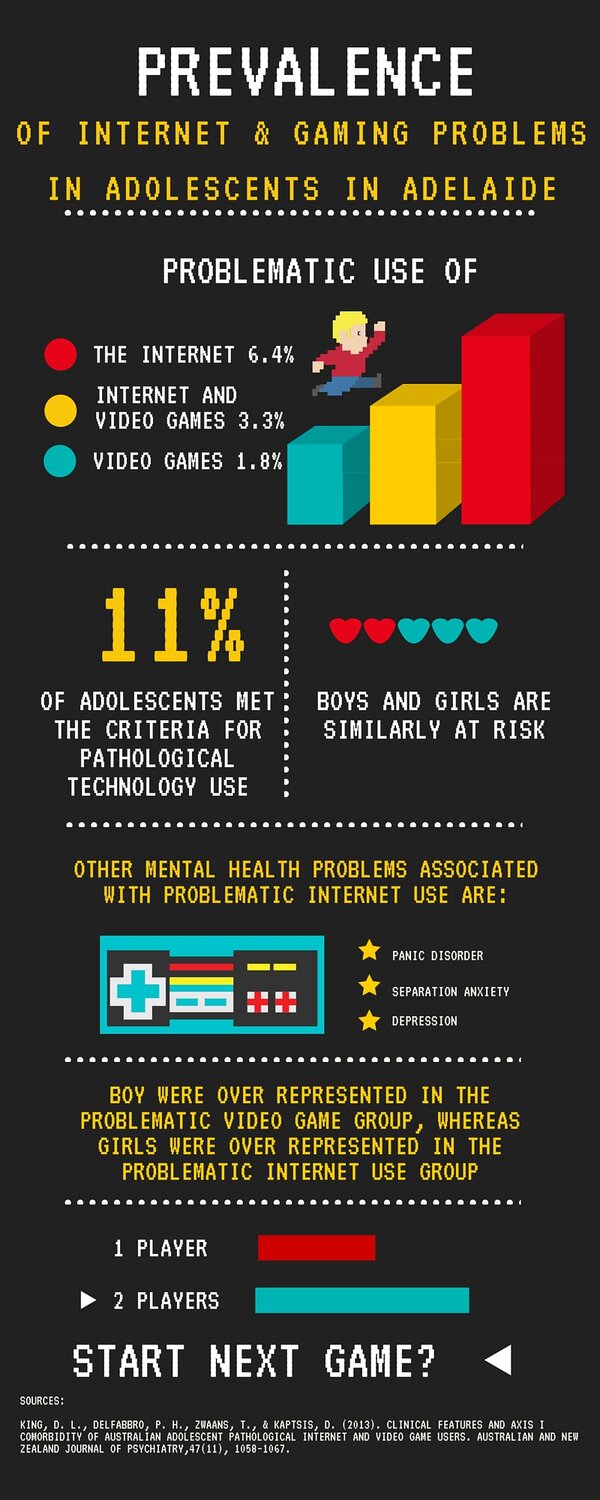
Dr Le
Articles
This blog post is for the CGI Clinic talk at the Boylan Ward Adolescent Mental Health Unit Grand Rounds at the Women's and Children's Hospital, January 2016. We will review the following journal article featured in the RANZJP, which can be found here:
"Clinical features and axis I comorbidity of Australian adolescent pathological Internet and video game users" (King, Delfabbro 2013)
- Please note: This post is more relevant for researchers and clinicians.Research Paper Breakdown: Prevalence, clinical features, and co-morbidity study
- 1287 adolescents recruited in 2012
- Aged 12-18 years
- 50 secondary schools randomly selected
- 7 schools participated (remaining schools declined or did not respond)
- From Adelaide, South Australia
Infographic by CGI Clinic
Self-report questionnaires used:
- Pathological Technology Use (PTU) checklist
- Revised Children's Anxiety and Depression Scale
- Social Anxiety Scale for Adolescents
- Revised UCLA Loneliness Scale
- Teenage Inventory of Social Skills were used
Limitations of Study: The standardised measurement tools on technology use at the time, may not have considered technologies that may sometimes overlap but are otherwise distinct. Thus, the assessment tools used to classify PTU may be biased towards overestimation of the true nature and severity of pathology. Although many schools were invited to participate, many declined or did not respond.
Strengths of Study: Relatively large sample size. Application of widely used and psycho-metrically sound measurement tools. Also, this study was a broad approach to technology use, by looking at two distinct forms of technology use - the Internet and video games (however, the research community is now more focused on Internet Gaming).
What were their main findings?
The prevalence rate of Pathological Technology Use (PTU): 11.4%
The prevalence rate of Problematic Internet Use (PIU): 6.4%
The prevalence rate of Pathological Video Gaming (PVG): 1.8%
The prevalence rate of both PIU + PVG: 3.3%
Other Interesting aspects of the study:
Most distinguishing clinical features of Pathological Technology Use (PTU) were:
- withdrawal
- tolerance
- lies and secrecy
- conflict
Symptoms of preoccupation, inability to self-limit, and using technology as an escape were commonly reported by adolescents without PTU, and therefore may be less useful as clinical indicators. Depression, panic disorder, and separation anxiety were most prevalent among adolescents with PIU.
Pathological video gamers were predominantly male (78%), whereas pathological Internet users were mainly female (74%).
"This result suggested that, although both sexes were similarly at risk of PTU, each sex was attracted to different types and functions of digital technology."
Adolescents with both PVG and PIU scored significantly higher on antisocial behaviour than PVG-only users.
What can we learn from this? When this study was conducted, it was attempting to understand the pathological use of technology. Due to the evolving nature of the use of technology, this was a pivotal study in our current understanding of technology use problems. Since then, DSM-5 has now focused on Internet Gaming Disorder, which in itself is another form of technology use. For clinicians, this can add to the confusion (Internet gaming is not a combination of Internet use and video games per se, but the use of video games via the Internet). Historically, there has been a paucity of data on Australian adolescents' pathological use of technology. This study, was a much welcomed pre-DSM-5 investigation into technology use disorders and instrumental into the wider Internet Gaming Disorder research community. This study is evidence that problems with technology use in adolescents are not isolated to our Asian neighbours (where a majority of studies and treatment programs are conducted). Is Australia ready to take these modern day disorders seriously? In the future, it would be useful to have data on the impact and severity of technology problems on young Australians. Since this study, there has been one further Australia-wide landmark survey conducted in 2015. You may have come across our recent blog post "Problematic Internet use and electronic gaming Australian teens" that covers this data, which you can find here.
Source:
King, D. L., Delfabbro, P. H., Zwaans, T., & Kaptsis, D. (2013). Clinical features and axis I comorbidity of Australian adolescent pathological Internet and video game users. Australian and New Zealand Journal of Psychiatry, 47(11), 1058-1067.

